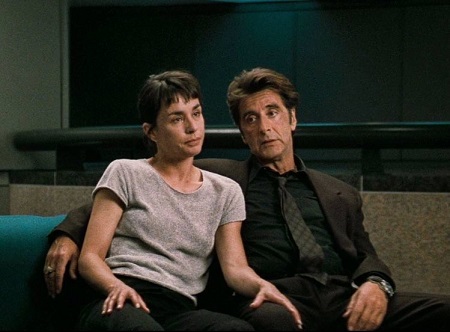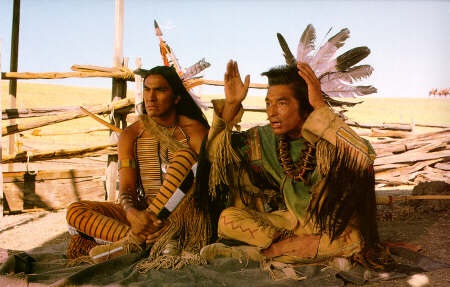An ensemble cast to rival ensemble casts starred in a Michael Mann movie noted for its action, crime and drama. Al Pacino and Robert De Niro starred opposite one another in the movie about crime, law enforcement and the effect these lifestyles have on love in the Los Angeles, California based movie Heat (1995).

The movie itself begins with professional thief Neil McCauley, as portrayed by Robert De Niro, robbing more than a million dollars of bearer bonds from an armored truck with a crew including Chris Shiherlis, Michael Cheritto, Trejo and Waingro, with the last being new to the crew. Waingro, McCauley and Cheritto each kill someone during the heist, which brings heat upon and within the crew in introducing important thematic elements that will run through the full scale of the movie. Val Kilmer, Tom Sizemore, Danny Trejo and Kevin Gage portrayed Shiherlis, Cheritto, Trejo and Waingro, respectively.

With the theft and homicides history, the Los Angeles Police Department investigates the crimes. Lieutenant Vincent Hanna, as portrayed by Al Pacino, assesses quickly that the robbery was well planned. We learn quickly that Hanna has a strained relationship with his third wife, Lauren, in addition to difficulty emotionally connecting with his stepdaughter, Lauren Gustafson. Justine Hanna and Lauren Gustafson were portrayed by Diane Venora and Natalie Portman, respectively.

Meanwhile, the instinct of professional thieves is to manage the reality or perception of heat in their professional or personal lives. We learn after the heist that Chris Shiherlis was having marital problems with Charlene Shiherlis, as portrayed by Ashley Judd. We see Neil McCauley take a romantic interest in Eady, a graphic designer much younger than he is yet worth a look. Meanwhile, McCauley has a direct interest in putting an end to provocative behavior from Waingro, which becomes an extended storyline for the movie. Amy Brenneman portrayed Eady.

These relationships simultaneously worsen, suggest potential redemption for, and called for enlightened coercion when McCauley and his fence aim to engage solutions to their criminal and personal problems. In the aftermath of the robbery, Roger Van Zant has his hands in part of McCauley’s criminal plays. As the original robbery victim; Van Zant, as portrayed by William Fichtner, winds up in contact with Nate, the fence, and Waingro with criminal plots in furtherance of the original robbery. Waingro’s plans are pointed more strictly at addressing the heat raised by his actions in and since the opening robbery. Jon Voight portrayed Nate. The ways that each of these threads pull upon one another in resolving the many storylines is well done.

While the movie, as reported by Rotten Tomatoes here, performed slightly better among audiences than critics, there is more to recommend the film than to detract from it overall. The intrigue throughout the story was masterfully done, with the reward landing in the showdown between stars that one had been hoping for from the beginning the show. My biggest complaint was in the final portrayal of the ending, which left me wanting something slightly more in the form rather than the portrayal or outcome of it. Given the largely masterful criminal drama movie, I grant Heat as written, directed and produced by Michael Mann 4.25-stars on a scale of 1-to-5.
Matt – Wednesday, November 16, 2022







